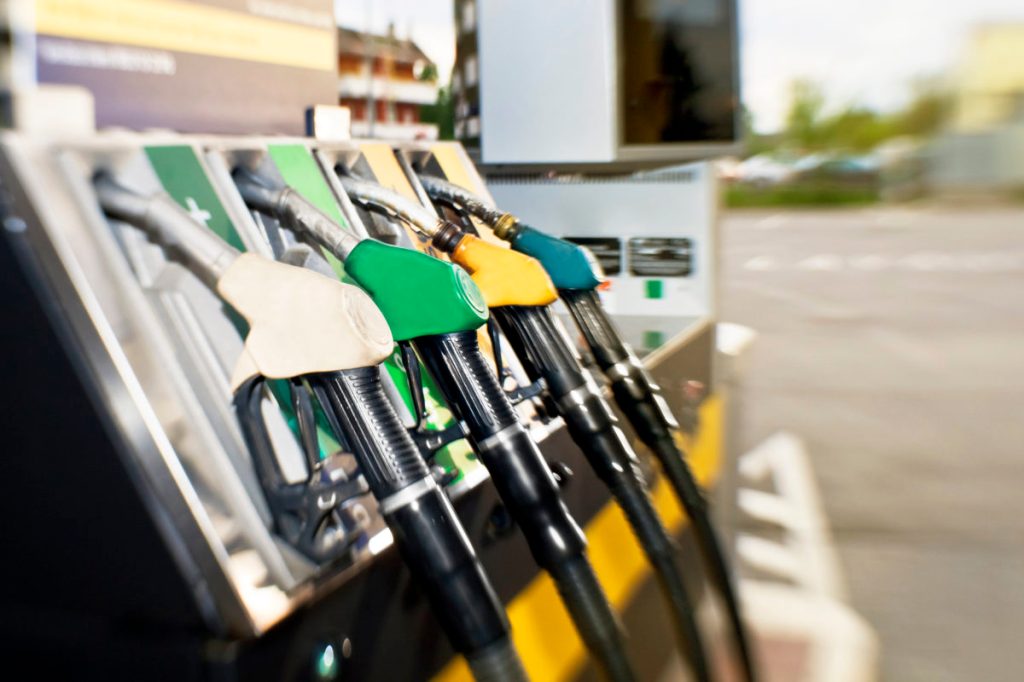Australian petrol prices are tipped to reach their highest levels in three years, but this comes at a time where wholesale and retail margins are already being tightly squeezed.
As the global fuel market has worked to recover following the huge crash experienced when the world locked down in early 2020, the pendulum of supply and demand swung back faster than expected leading to an undersupply of fuel, and higher prices.
Nic Moulis, Managing Director of Rennic Group, and fuel distribution expert, told C&I that Singapore benchmark prices are at some of their highest levels since October 2018.
The Singapore price for RON95 unleaded petrol is the key pricing benchmark for Australian petrol, and changes in Singapore prices generally take around a week to begin to be felt through the supply chain in Australia.
“We’ve seen a decent escalation in the prices since their real low point, which was in April 2020 when Covid really started to hit across the world and saw prices get to those historic lows,” says Moulis.
“Now, we’re at highs that we haven’t seen since October 2018, and that’s for both petrol and diesel. So, in this Covid period the world market has seen this huge crash and then in short order, has had quite a dramatic return.”
The international market saw a huge drop in demand back in March/April of 2020, which led to an excess of oil and refined products, with nowhere to go. But, according to Moulis, the world recovered a lot more quickly than expected.
“There was a lot of pessimism about how well we were going to come back out of the initial lockdowns, but it seems to me, that the economic rebound has been swift.
“The demand side has quickly caught up with the glut of product and now we’re seeing that balance err on the side of an undersupply or a deficit, and therefore prices have pushed up .
“The real thing here is that there was a complete imbalance in terms of supply and demand, because demand completely dried up and we drove down to some very low prices. But the APAC region has recovered well and what we’ve seen since November last year is this steady climb of price where it’s hit the highest level in the last three years.”
According to Moulis, Australian fuel prices are currently around 10 cents per litre higher than the trading range experienced prior to Covid. Further to this, wholesale fuel margins are being dramatically squeezed – with the next nearest low point being in September 2019.
Extended lockdowns in Sydney, Melbourne, and the ACT have seen retailers lose 50 to 60 per cent of their volumes, as petrol retailers had to make the tough decision to bear the brunt of climbing wholesale prices, reducing their margin to keep prices attractive for the consumer.
“That would have been the average at the deepest point, but some service station operators would have gone even deeper than that,” says Moulis.
To put this into perspective, according to the Australian Institute of Petroleum, the average industry net profit on all fuels sold in Australia is around two cents per litre.
Even as we came out of lockdown on Monday, the Sydney market was still well below its long-term averages in terms of transaction volume.
“We are of course going to see volumes increase but there is a lot of loss to recover, both in volume but also in the fact that these fuel businesses, in many cases, were losing a lot of money during the last three to four months.
“What I think we’ll see now is a rebalance, and the tops of the cycles, due to that rebalance, could be a bit exaggerated, and the bottom of the cycles might not be as deep.
“Premium fuels at the top of the cycle may breach $2 per litre because the underlying wholesale price has climbed.
“It will be interesting to see what that turnaround looks like coming out of lockdown because we’re at a period of time where wholesale margins are being squeezed and retail margins are being squeezed – so in relative terms, the consumers are probably getting a pretty good deal, because the underlying cost prices are climbing quite dramatically.
“I do think that there will be a turn in the retail margins over the next period and they may grow slightly. I don’t think they will be outside normal trends, but they may not be as tight as they are at the moment.”

